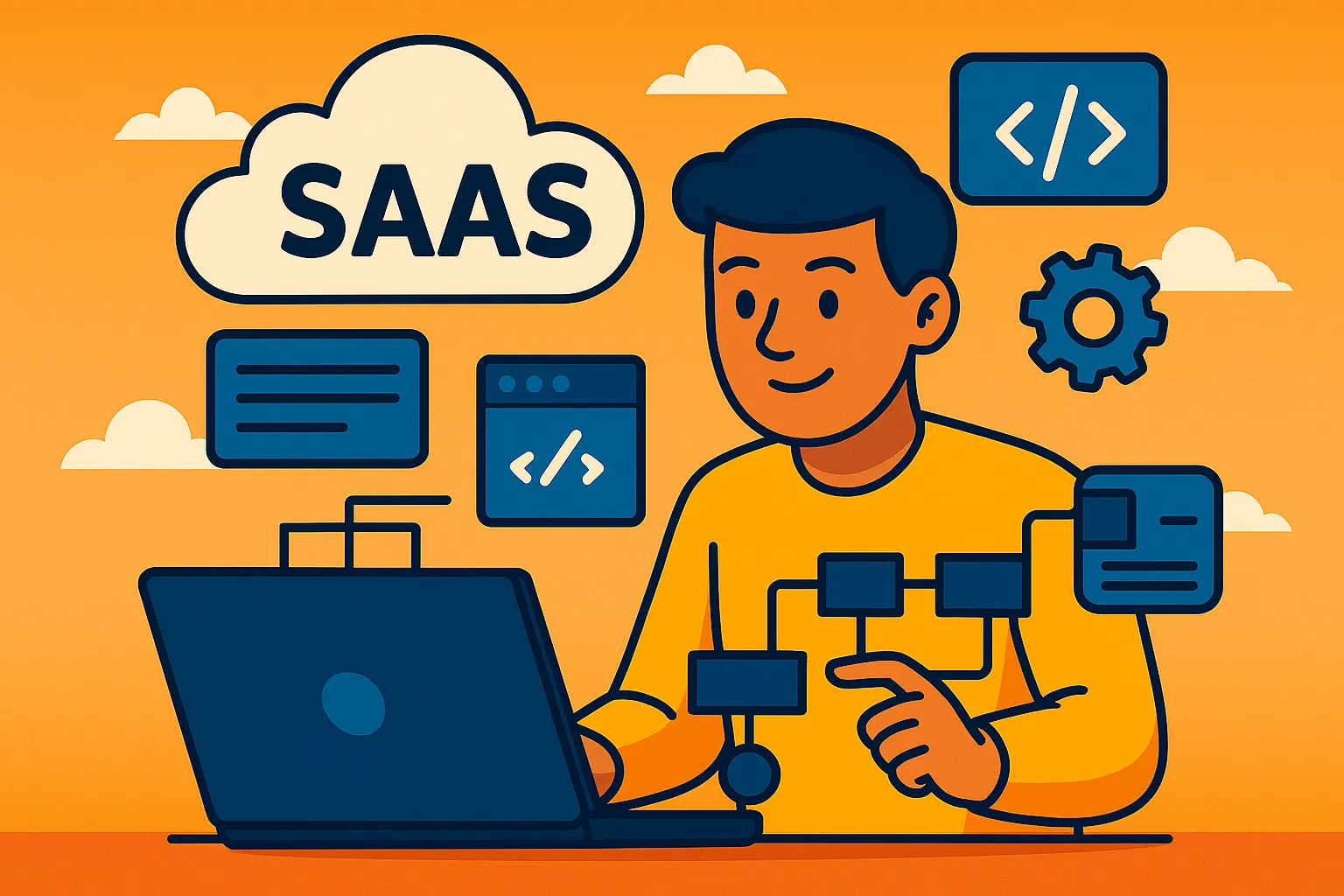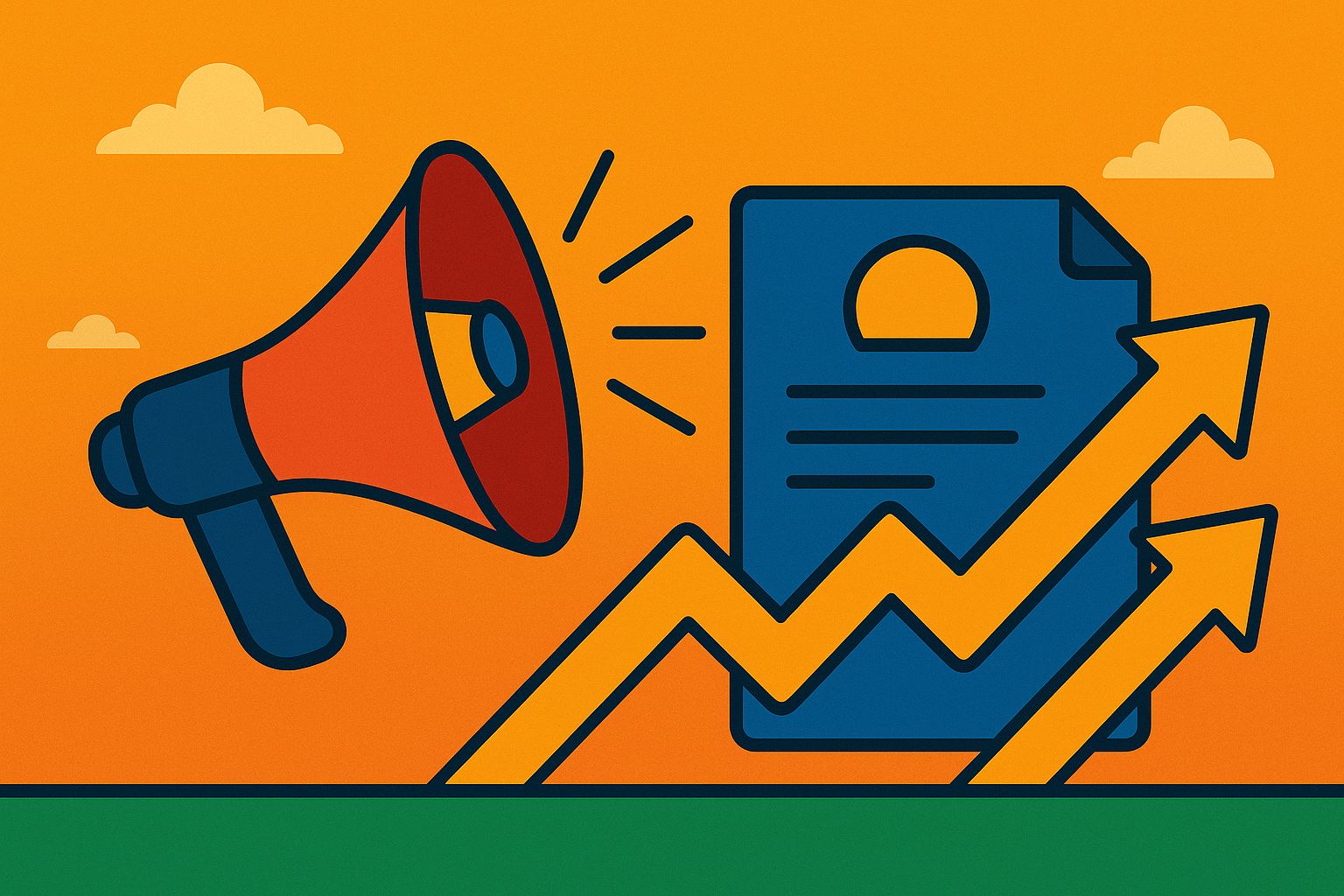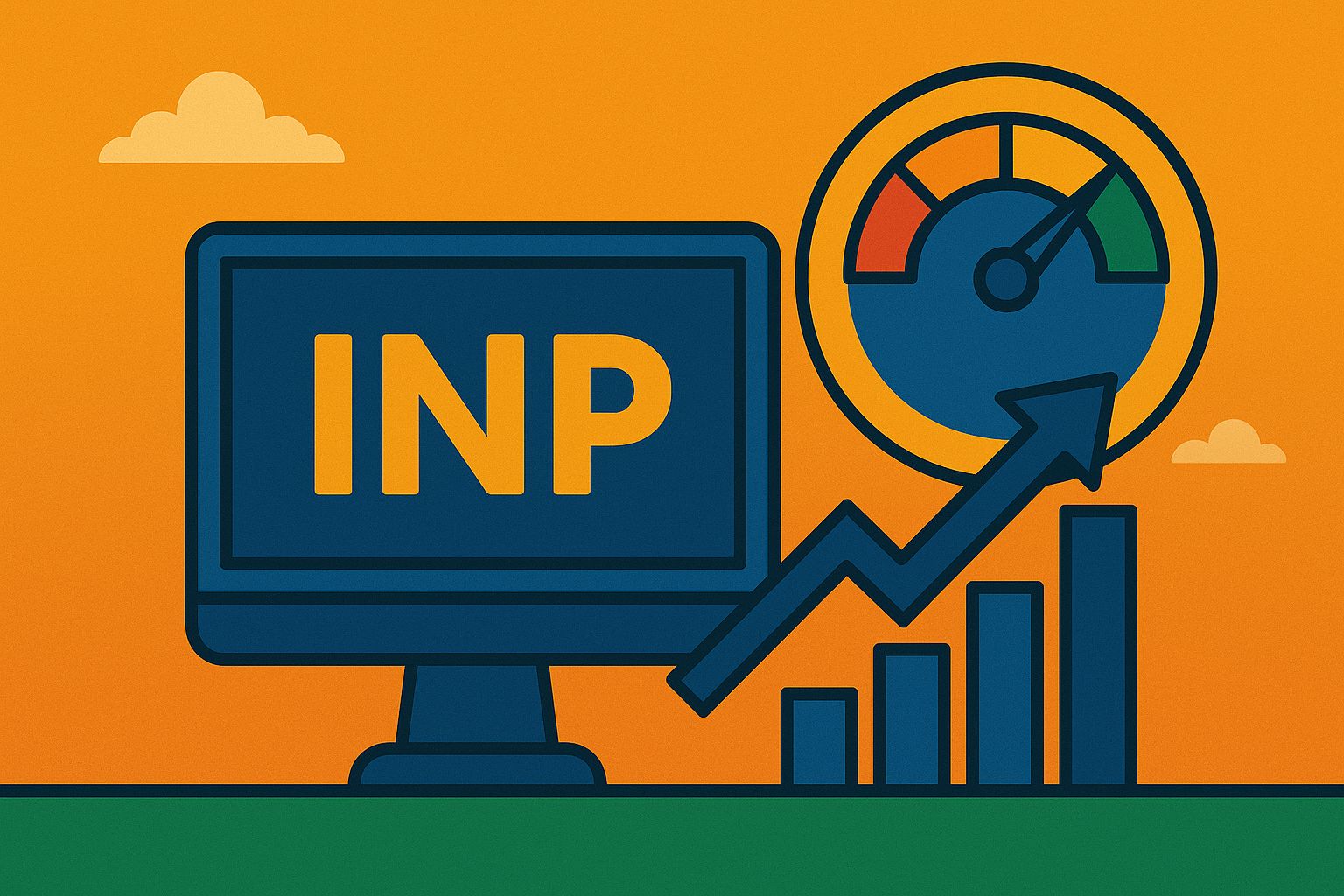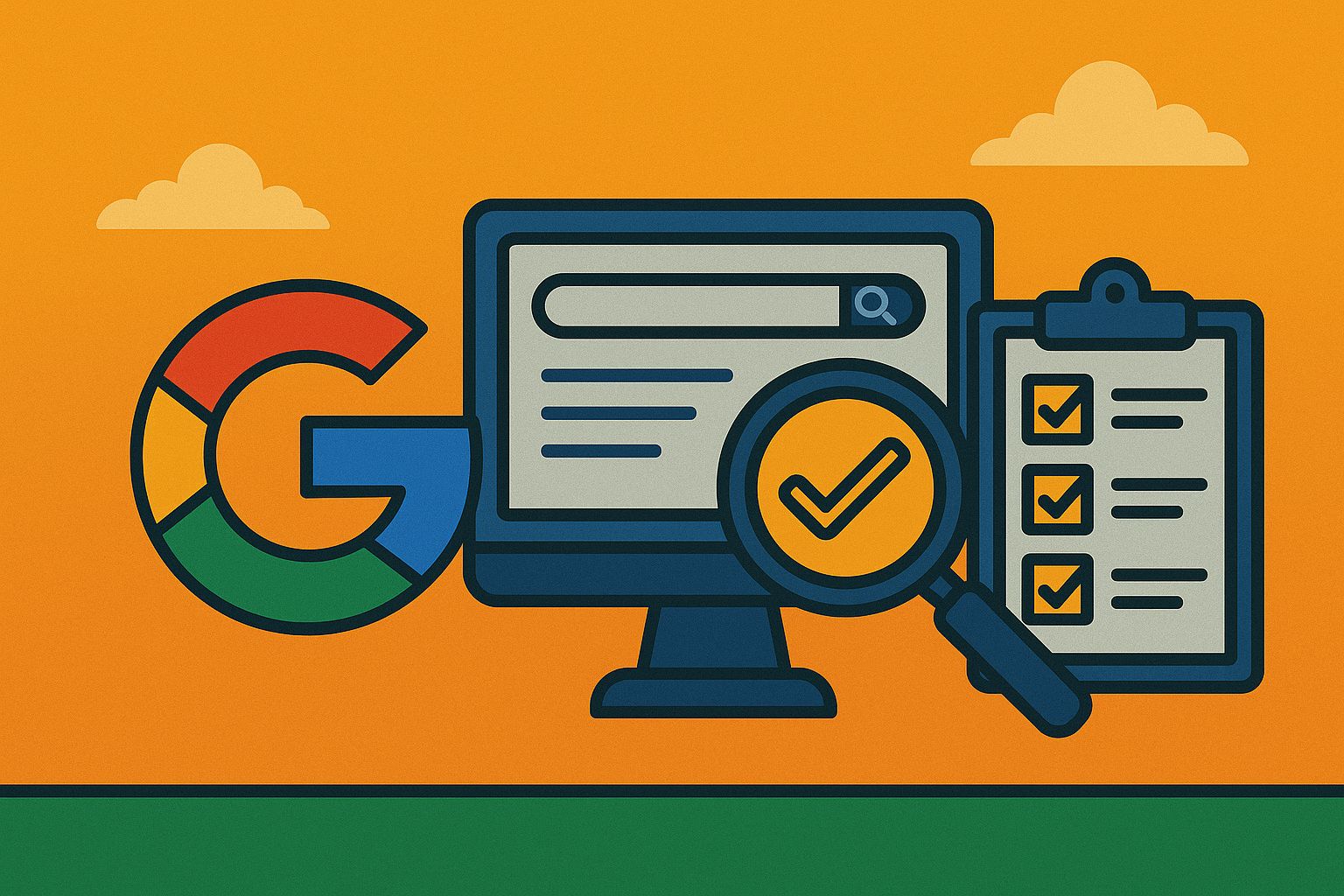Software as a Service (SaaS) has emerged as a game changer for businesses across industries. By leveraging cloud-based applications, companies can streamline operations, reduce costs, and scale their services with unprecedented ease. This comprehensive guide will walk you through the essential steps of SaaS development, helping you create a robust and scalable application that can drive your business growth.
Understanding SaaS Development
Before diving into the development process, it’s crucial to grasp the fundamentals of SaaS. At its core, SaaS is a software distribution model where applications are hosted by a vendor and made available to customers over the internet. This model offers numerous advantages, including:
- Reduced infrastructure costs
- Automatic updates and maintenance
- Scalability and flexibility
- Improved accessibility and collaboration
- Pay-as-you-go pricing models
With these benefits in mind, let’s explore the step-by-step process of developing a SaaS application that can elevate your business.
Step 1: Identify Your Target Market and Value Proposition
The first step in any successful SaaS development journey is to clearly define your target market and understand their pain points. Conduct thorough market research to identify gaps in existing solutions and determine how your SaaS application can address these needs. Your value proposition should answer the following questions:
- What problem does your SaaS solve?
- How is it different from existing solutions?
- Who are your ideal customers?
- What unique benefits does your application offer?
By crystallizing your value proposition, you’ll lay a solid foundation for the entire development process.
Step 2: Define Your Application’s Core Features
With your target market and value proposition in place, it’s time to outline the core features of your SaaS application. Focus on the essential functionalities that directly address your customers’ needs and align with your value proposition. Remember, it’s often better to start with a Minimum Viable Product (MVP) and iterate based on user feedback. Key considerations include:
- User authentication and authorization
- Data storage and management
- Reporting and analytics
- Integration capabilities
- Scalability features
Prioritize features that offer the most value to your users while keeping development time and costs manageable.
Step 3: Choose the Right Technology Stack
Selecting the appropriate technology stack is crucial for the success of your SaaS application. Your choice will impact the application’s performance, scalability, and maintainability. Consider the following components:
- Frontend Framework: React, Angular, or Vue.js
- Backend Language: Node.js, Python, Ruby, or Java
- Database: MySQL, PostgreSQL, MongoDB, or Redis
- Cloud Platform: AWS, Google Cloud, or Microsoft Azure
- DevOps Tools: Docker, Kubernetes, Jenkins, or GitLab CI/CD
Evaluate each option based on your team’s expertise, scalability requirements, and long-term maintenance needs.
Step 4: Design a Scalable Architecture
A well-designed architecture is the backbone of any successful SaaS application. Ensure your architecture can handle increasing loads and adapt to changing business requirements. Key principles to consider include:
- Microservices architecture for modularity and scalability
- Multi-tenancy to efficiently serve multiple customers
- Containerization for consistent deployment across environments
- Load balancing to distribute traffic evenly
- Caching mechanisms to improve performance
- API-first design for easy integration and extensibility
Invest time in planning your architecture to avoid costly redesigns down the road.
Step 5: Implement Robust Security Measures
Security is paramount in SaaS development, as you’ll be handling sensitive customer data. Implement comprehensive security measures to protect your application and build trust with your users. Essential security considerations include:
- Encryption of data in transit and at rest
- Multi-factor authentication
- Regular security audits and penetration testing
- Compliance with relevant regulations (e.g., GDPR, HIPAA)
- Secure API endpoints
- Automated backups and disaster recovery plans
Make security a priority throughout the development process, not just an afterthought.
Step 6: Develop a User-Friendly Interface
The user interface (UI) and user experience (UX) of your SaaS application can make or break its success. Design an intuitive, responsive interface that allows users to easily navigate and utilize your application’s features. Consider the following best practices:
- Implement a clean, modern design
- Ensure responsiveness across devices
- Use consistent branding and color schemes
- Provide clear navigation and intuitive workflows
- Incorporate accessibility features for users with disabilities
- Offer customization options to suit individual user preferences
Remember, a great UI/UX can significantly impact user adoption and retention rates.
Step 7: Implement Continuous Integration and Deployment (CI/CD)
To streamline your development process and ensure rapid, reliable updates, implement a robust CI/CD pipeline. This approach allows you to:
- Automate testing and deployment processes
- Detect and fix bugs early in the development cycle
- Deliver updates and new features faster
- Maintain consistent quality across releases
Popular CI/CD tools include Jenkins, GitLab CI, and CircleCI. Choose a solution that integrates well with your chosen technology stack and development workflow.
Step 8: Develop a Comprehensive Testing Strategy
Thorough testing is crucial to ensure the reliability and performance of your SaaS application. Implement a multi-faceted testing strategy that includes:
- Unit testing for individual components
- Integration testing to verify component interactions
- End-to-end testing to simulate real-world scenarios
- Performance testing to ensure scalability
- Security testing to identify vulnerabilities
- Usability testing to gather user feedback
Automate as much of your testing process as possible to maintain consistency and save time in the long run.
Step 9: Plan for Scalability and Performance Optimization
As your user base grows, your SaaS application needs to scale efficiently. Plan for scalability from the outset by:
- Implementing horizontal scaling capabilities
- Optimizing database queries and indexes
- Utilizing content delivery networks (CDNs) for faster content delivery
- Implementing caching strategies at various levels
- Monitoring and optimizing resource usage
Regularly review and optimize your application’s performance to ensure it can handle increasing loads without compromising user experience.
Step 10: Develop a Robust Support and Maintenance Plan
Once your SaaS application is live, ongoing support and maintenance are critical for its long-term success. Develop a comprehensive plan that includes:
- Regular software updates and patch management
- Proactive monitoring and alert systems
- Customer support channels (e.g., chat, email, phone)
- Documentation and knowledge base for self-service
- Feature request and feedback management processes
A well-maintained SaaS application with responsive support can significantly boost customer satisfaction and retention.
Conclusion
Developing a SaaS application is a complex but rewarding journey that can elevate your business to new heights. By following this step-by-step guide, you’ll be well-equipped to create a robust, scalable, and user-friendly cloud-based application that drives growth and delivers value to your customers. Remember that SaaS development is an iterative process. Continuously gather user feedback, monitor performance metrics, and adapt your application to meet evolving market needs. With dedication, innovation, and a focus on delivering value, your SaaS application can become a cornerstone of your business success in the digital age.





